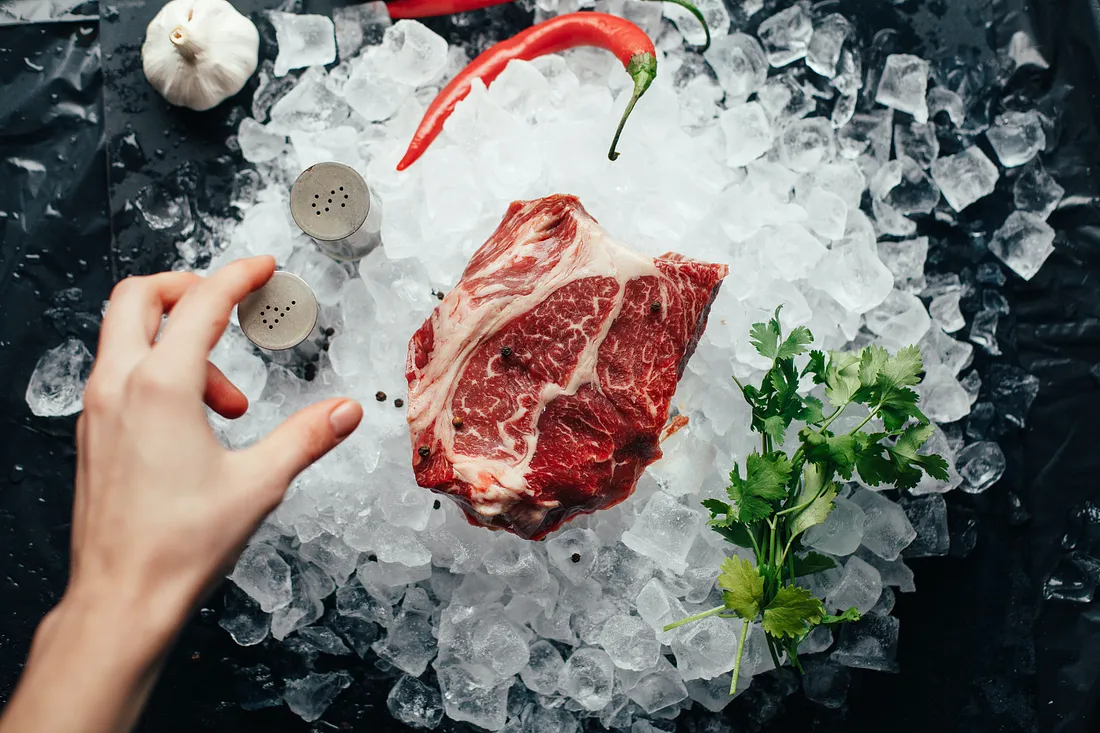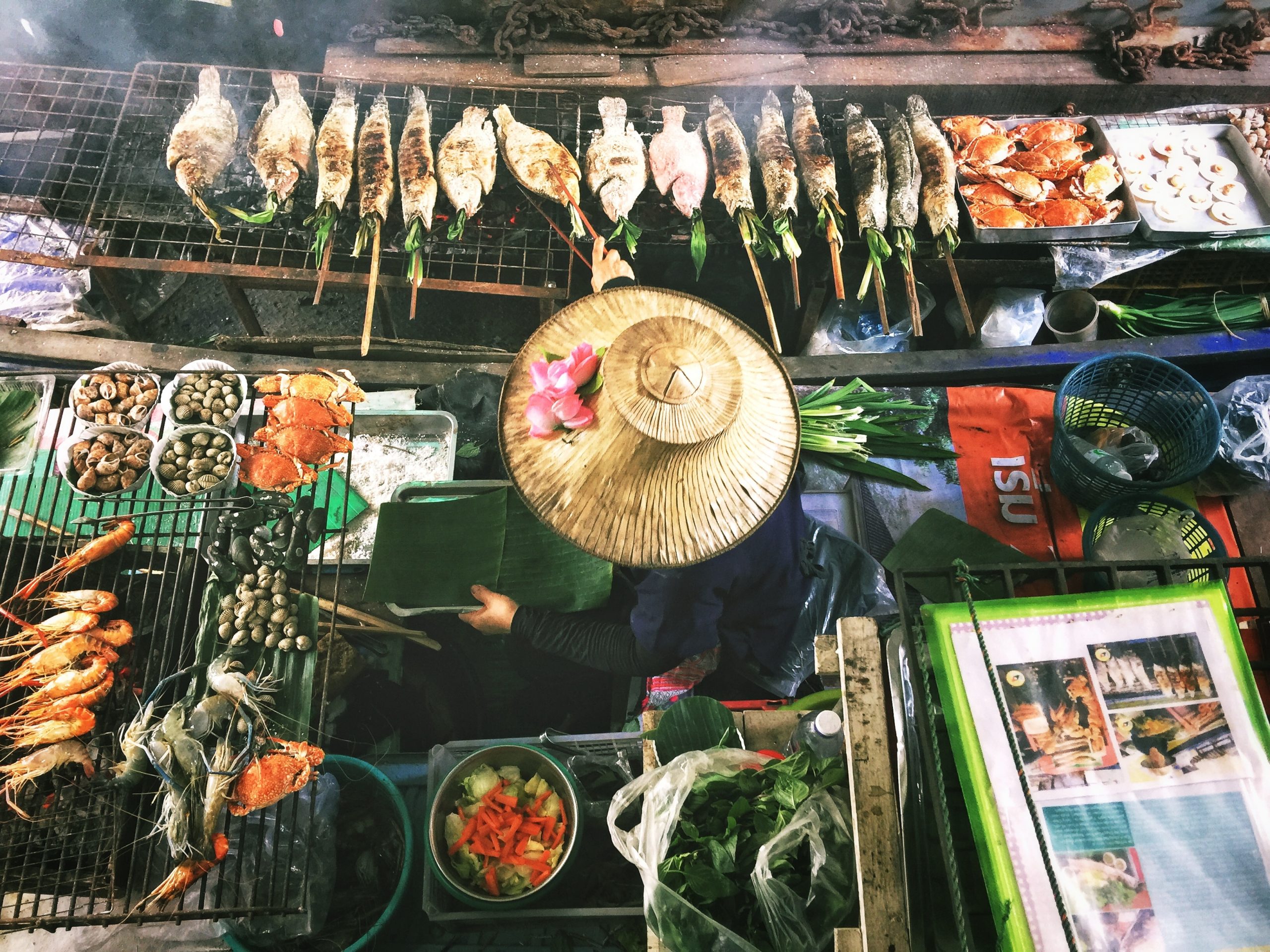Local cuisine: The importance of valuing local products and regional cuisine in a globalized world
In an increasingly interconnected world, where food travels thousands of kilometers to reach our plates, it is essential to remember the importance of local cuisine. This culinary practice is based on using local ingredients and respecting the traditions of each region, generating benefits for both our health and the local economy. With that said, in this article, I would like to explore why it is vital to value local products and how regional cuisine can enrich our gastronomic experiences. Imagine savoring a juicy tomato freshly harvested from the nearby garden, with its authentic flavor and unmatched freshness. Now compare that to an imported tomato, which had to be picked prematurely to withstand long journeys and loses some of its flavor along the way. The difference is palpable. By consuming local food, we not only enjoy more intense and authentic flavors, but also obtain more nutritious and healthier products. Local cuisine is also crucial support for the economy, as choosing local products contributes to the sustainable development of our community, creating employment opportunities, and promoting the preservation of regional culinary traditions. A concrete example of the importance of valuing local products is Manchego cheese, a Spanish gastronomic gem recognized internationally. Made from milk from
The transformative power of Artificial Intelligence in tourism
In the digital age, Artificial Intelligence (AI) has left a significant mark on various sectors, and tourism is no exception. In particular, accommodation platforms like Airbnb have harnessed the power of AI to revolutionize the way people book and enjoy their travel experiences. But, do you know how this innovative tool is contributing to the development of tourism today? Personalized recommendations. One of the greatest benefits of AI in tourism is its ability to provide personalized recommendations, and that is that platforms such as Airbnb or Vico use AI algorithms to analyze data such as preferences, travel history, and user search patterns, capable of to offer accommodation options and tourist experiences adapted to the interests and needs of each traveler. Improvement in price management. By analyzing supply and demand in real time, AI systems adjust prices based on market availability and demand. This allows for greater flexibility and price competitiveness, ensuring that travelers get fair fares and providers maximize their revenue. Automated customer service. Through chatbots and virtual assistants, AI provides quick and accurate responses to traveler inquiries and requests, as these automated systems can provide booking information, fix common issues, and offer recommendations, thus enhancing the customer experience with efficient answers and available
Initiatives in sustainable entrepreneurship
In a world that is increasingly aware of the environmental and social challenges we face, sustainable entrepreneurship has taken on an indisputable role. As awareness of climate change and the economic and social inequality we face grows, entrepreneurs of all stripes are working hard to create innovative solutions to address these issues. In this article, we'll explore some current initiatives in sustainable entrepreneurship, highlighting recent projects that are making a positive impact and paving the way for a prosperous and sustainable future. • The Ocean Cleanup: It is one of the most inspiring initiatives in the field of sustainable entrepreneurship. Led by Boyan Slat, this project has set itself the bold goal of removing plastic debris from the oceans through innovative technology such as floating booms and buoys, through a system that effectively captures and removes plastic debris. in our seas. • Ecoalf: This Spanish company is a clear example of how sustainability can transform the fashion industry. Ecoalf is dedicated to the manufacture of fashion products using recycled materials, such as plastic bottles and fishing nets. Its approach is based on the circular economy, where products are designed to be recyclable and durable. • Sistema B: It is an organization that aims to
How younger generations are reshaping luxury travel
As I recently shared, luxury travel is back in a big way. And while there are a number of factors for this boom, I want to focus on one that may surprise you: the influence of millennials and Gen-Z. As consumers, these generations are often seen as more conscious and informed than those that came before them, making it difficult to predict how they would wield their eventual buying power. But they are now making themselves abundantly clear: 79 percent agree that travel is an important budget priority. Let’s dig into why. Cash flow. During the pandemic, many young people took the opportunity to pay down debts and save on rent by living with family members. At the same time, while previous generations were more likely to become homeowners in their 20s and 30s, a number of economic factors are keeping many millennials and Gen-Zers out of the housing market. This group is also marrying and having children later, if at all. In short: they have money to burn and less financial responsibilities to hold them back. And, after years of staying close to home, they are looking to use their financial freedom to make up for lost time–whether it be paying for travel upgrades, choosing hotels with higher-end amenities, or crossing dream
High steaks: Wagyu beef market continues to grow
Wagyu beef is growing in popularity and there are few signs of it slowing. In 2021, the global Wagyu market was worth more than $11 billion. This was a banner year as Japan exported around 8,000 tons of the gourmet beef cut. Now, the global market is expected to grow by a compound annual growth rate of 6 percent–making it worth an estimated $16 billion by 2028. The food industry is being impacted by inflation, supply chain issues, and climate change, but Wagyu appears to be weathering the storm. From steak to high-priced burgers, the revered protein is becoming more commonly consumed. Here are the factors driving Wagyu’s popularity: The luxury hospitality sector Known for its tenderness and buttery, umami flavor, Wagyu has been a fine-dining favorite since the 2010s–when Japan lifted its export ban to the United States and European countries. Luxury establishments like restaurants and hotels are still fueling the Wagyu beef market today. While some lucky customers can find Wagyu in high-end grocery and specialty stores, the market is sustained by a business-to-business model–particularly with fine dining. A large majority, 85 percent, of Wagyu sales are B2B. As a testament to the importance of B2B commerce, it’s not uncommon for a Wagyu brand to partner with luxury
How to promote the orange economy in communities
Have you ever wondered how to promote creativity and entrepreneurship in a sector that can transform the reality of a region? The answer lies in the fascinating and promising orange economy, a concept that is revolutionizing the way we see and approach economic and social development. But what exactly is the orange economy or creative economy? It is the set of economic activities based on creativity, culture and knowledge. Creativity and entrepreneurship are fundamental pillars of the orange economy and play a vital role in the development of communities. This time, I would like to present some examples of innovative projects so that you can be inspired, harness talent and transform it into a source of economic, social and cultural development. Pietà Project (Peru): It is a high-quality ecological urban clothing project, which is made by men and women from prisons in Lima. Prisoners who are part of this project can receive a reduction in their sentence and a percentage for the sales of the brand. Trash to Art (Brazil): This project transforms recyclable materials into works of art and unique products. Citizens collect and recycle materials such as plastic, glass, and paper to create sculptures, jewelry, and other art objects that are later
The next steps in sustainable gastronomy
Sustainable gastronomy has for years been a topic of interest to chefs, restaurants and diners alike. The idea of cooking and eating fresh, local and environmentally friendly food has become a trend all over the world. But, what are the next steps in sustainable gastronomy? How can we keep moving towards a greener and healthier future? One of the emerging trends in gastronomy of this type is the use of little-known or traditional ingredients. Many chefs are turning to products that were once considered waste or simply not used in the kitchen, such as cauliflower husks, broccoli stems or fish bones. These ingredients can provide unique flavors and also reduce food waste. Agriculture is another important topic that is gaining attention in this way of cooking. It is about chefs looking to work with local farmers who employ responsible practices, such as organic farming or regenerative agriculture. Similarly, single-use plastics are being replaced by more sustainable options, such as biodegradable or reusable packaging. Finally, innovation in food technology is also opening up new opportunities. From the creation of plant-based meats to the fermentation of foods, these innovations can help reduce the carbon footprint of the food industry and offer new flavor and texture options
Investment in community tourism: a way to support the sustainable development of local communities
At present, community tourism has become an attractive form of investment for many investors. By investing in community-based tourism, investors not only have the opportunity to earn financial gain, but also to have a positive impact on society and the environment. This type of activity focuses on promoting the economic and social development of local communities through sustainable and responsible tourism, through the inclusion of local communities in the development of sustainable tourism activities and projects. One of the most common ways to invest in it is through the purchase of tourist properties. This includes the acquisition of hotels, guest houses, restaurants and other tourist establishments. In this sense, local communities are the main beneficiaries of the tourist activity, since they are given the opportunity to develop and offer unique tourist products, such as nature tours, craft workshops, traditional foods, among others, which allow the visitor to experience the local culture in an authentic and genuine way. In conclusion, community tourism is a tourism alternative that seeks to promote sustainable and responsible development of local communities, while providing an authentic and enriching experience to travelers. In this way, a conscious travel style is encouraged that supports both local communities and the preservation of the
Straight up: Spirit sales rise over beer
Americans love beer. In 2021, 187 million barrels of beer were consumed, making it a $100 billion market. So it might be shocking to learn that for the first time, distilled spirits surpassed beer in sales in 2022–with spirit sales at 42.1 percent of the alcoholic beverage market share and beer at 41.9 percent. While this news marks a new turn in the beverage industry, it may not be surprising to those who’ve followed consumer trends in the last decade. Distilled spirits have steadily grown in popularity, gaining market share for 13 years until becoming America’s beverage of choice in 2022. Not only is this great for the country’s liquor companies and retailers, but it’s also welcomed news for the hospitality industry. On-premise spirit sales are still 5 percent below where they were pre-pandemic. However sales are trending upward–a good, albeit slow, sign of recovery for the hospitality industry. How spirits surpassed beer Americans spending more on drinks while they dine out isn’t the only trend driving sales. The market also got a boost from the current cocktail wave sweeping the nation, such as the espresso martini revival. High-end spirits also helped grow the market. Premium sales accounted for more than 60 percent of the sector’s revenue last year, according to the
Round trip: Is business travel back?
Last year, I wrote about the airline industry revamping the business class experience. From new seating to destination-inspired menus, all signs pointed to the sector betting on work travel for its COVID-19 pandemic recovery. While it looks like their bet has paid off, travel and hospitality insiders should keep an eye on possible turbulence ahead. Business travel rebounds When travel restrictions and remote work grounded business travel, many wondered if it would ever return to previous levels. Last year, business travel was almost two-thirds of where it was before the pandemic. This year, 32 percent of people plan to travel for work, compared to the 16 percent who planned to travel last year. Even the majority of remote workers plan on traveling for their jobs this year. So, what’s driving the business travel revival? Surprisingly, smaller businesses reported more travel plans this year than larger companies. In a Morgan Stanley survey, two-thirds of companies with less than $1 billion in annual revenue expected to increase their travel budget this year. On the other hand, less than half of billion-dollar-plus businesses are expected to. Younger workers are also fueling business travel growth, as millennial and Gen Z employees are more likely to travel for work within the year. A murky forecast While business travel is










